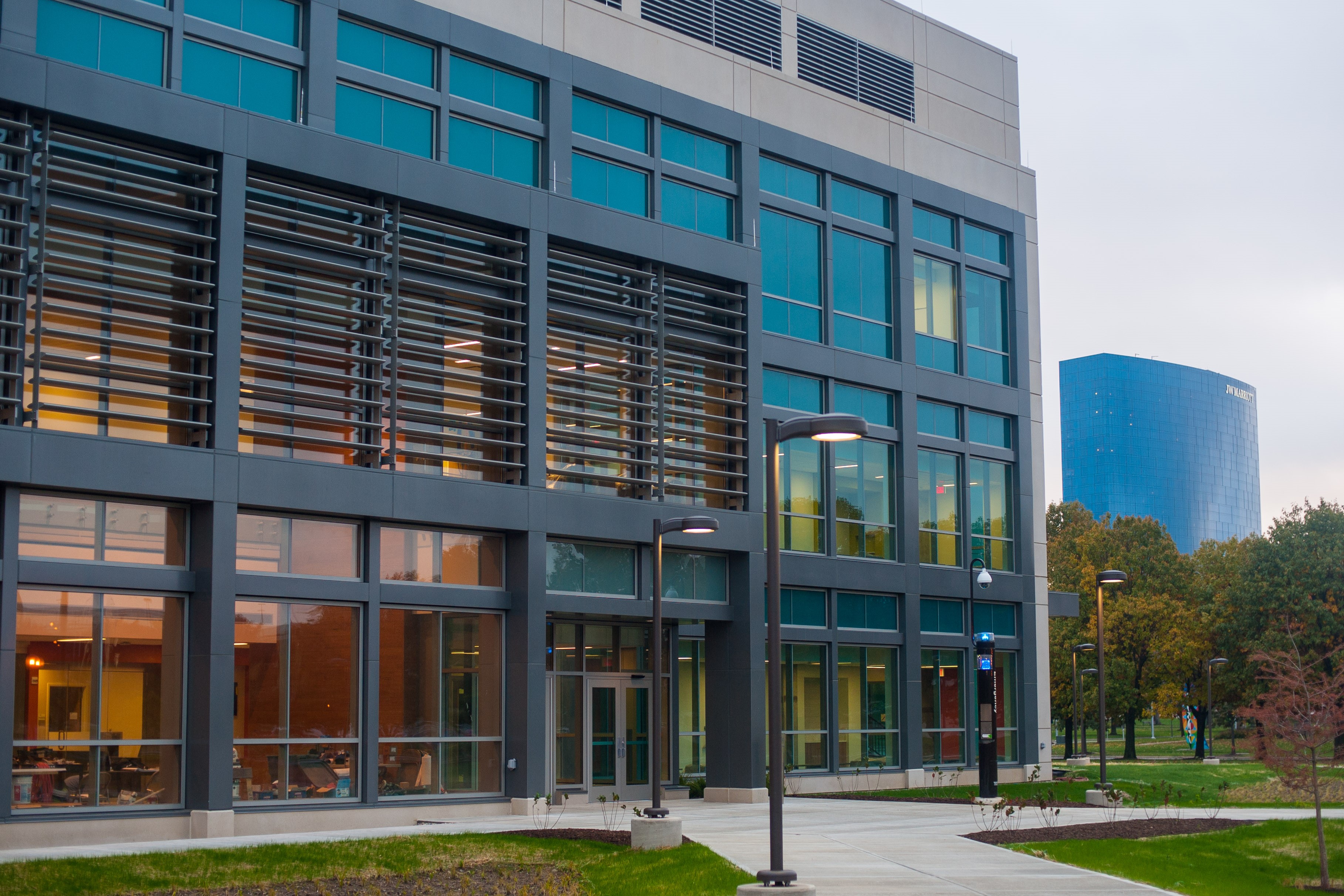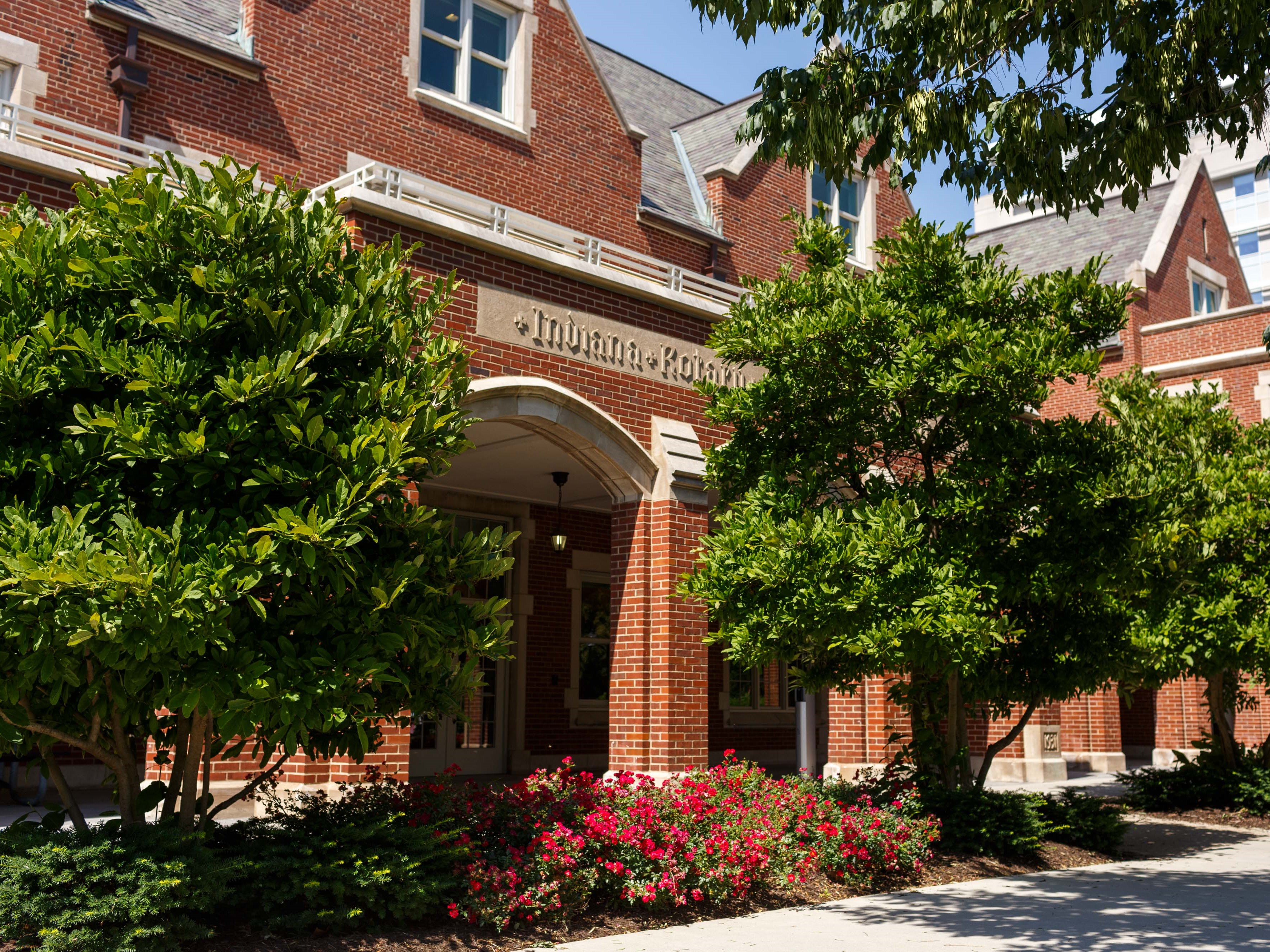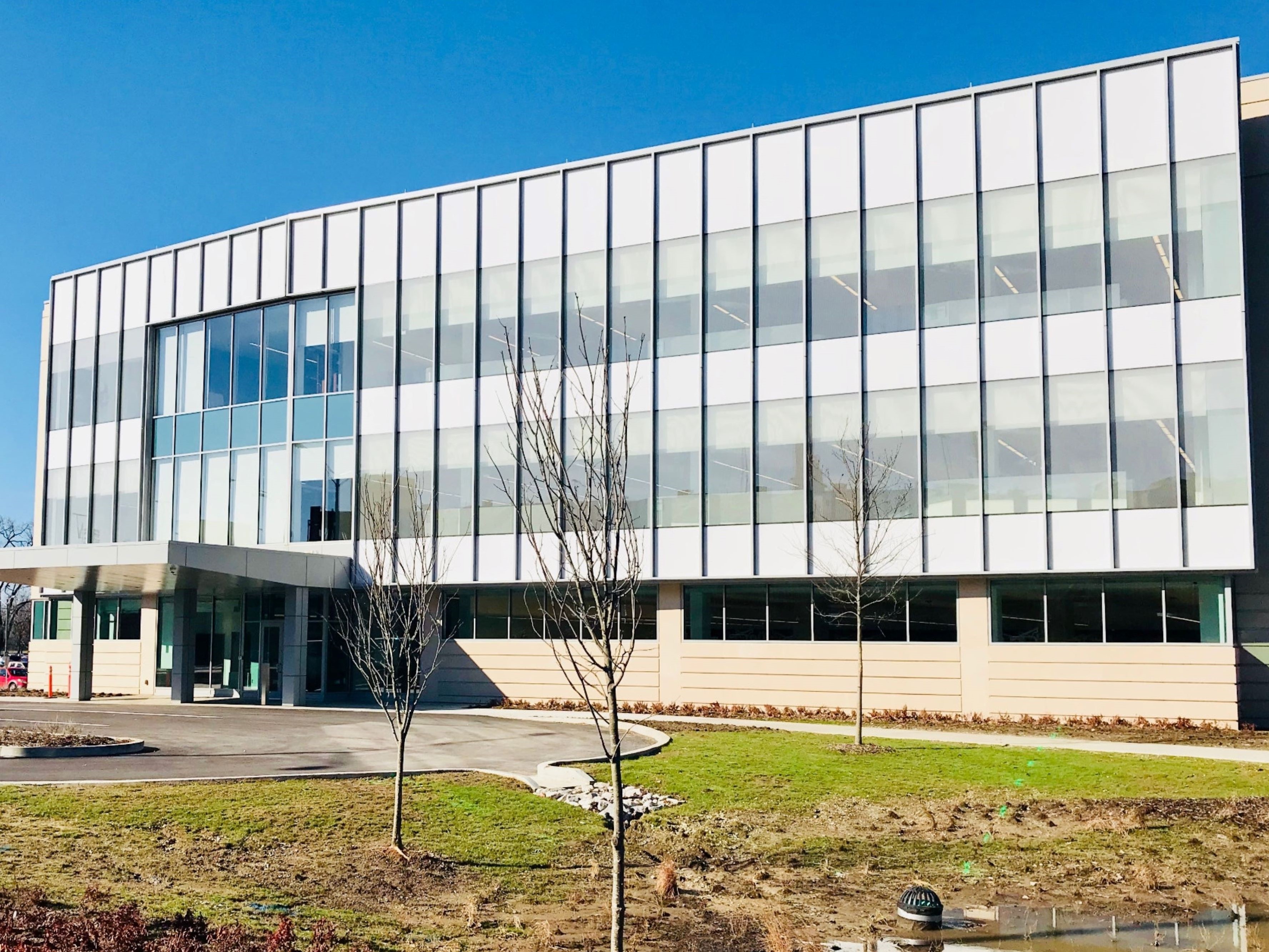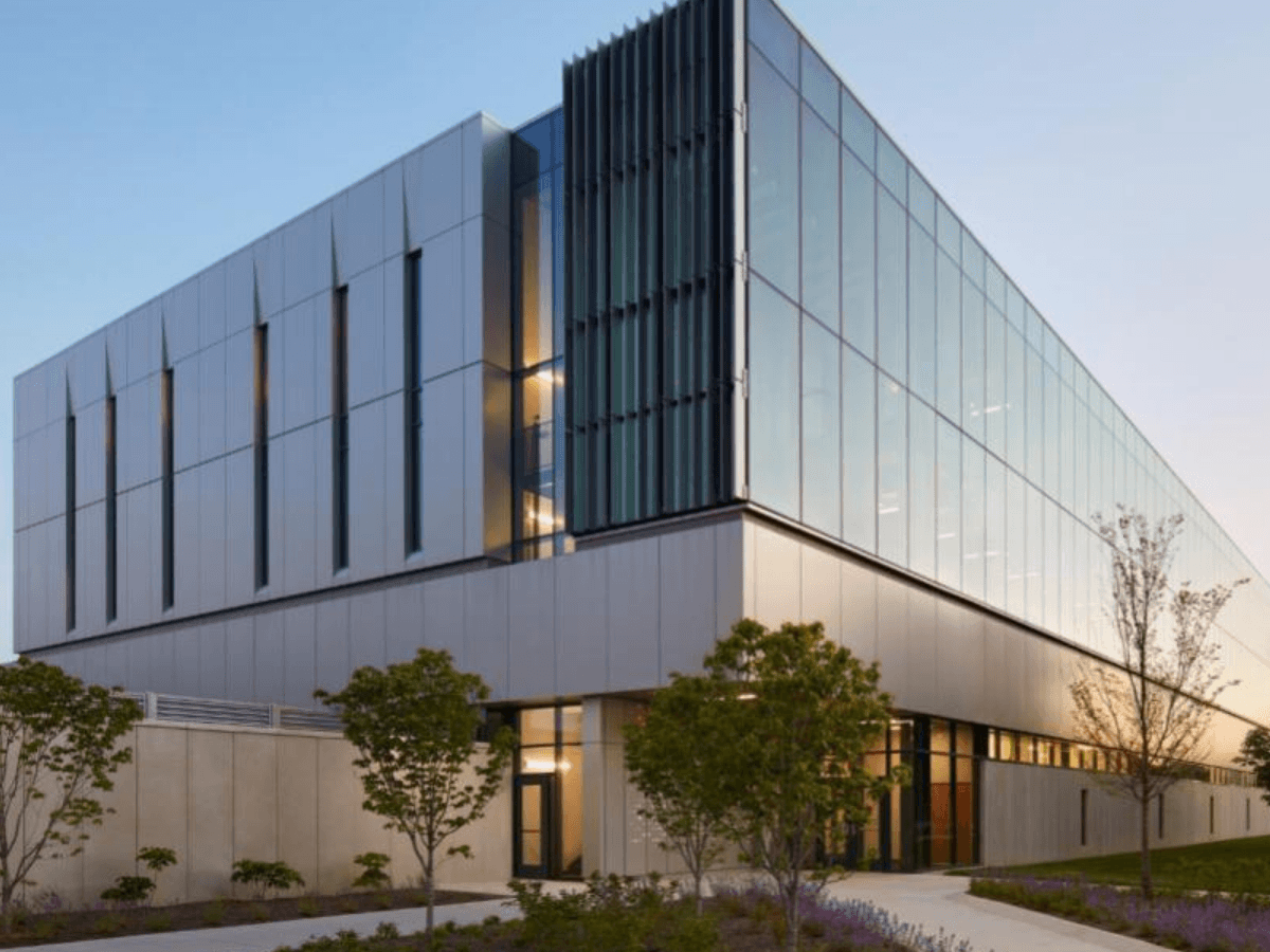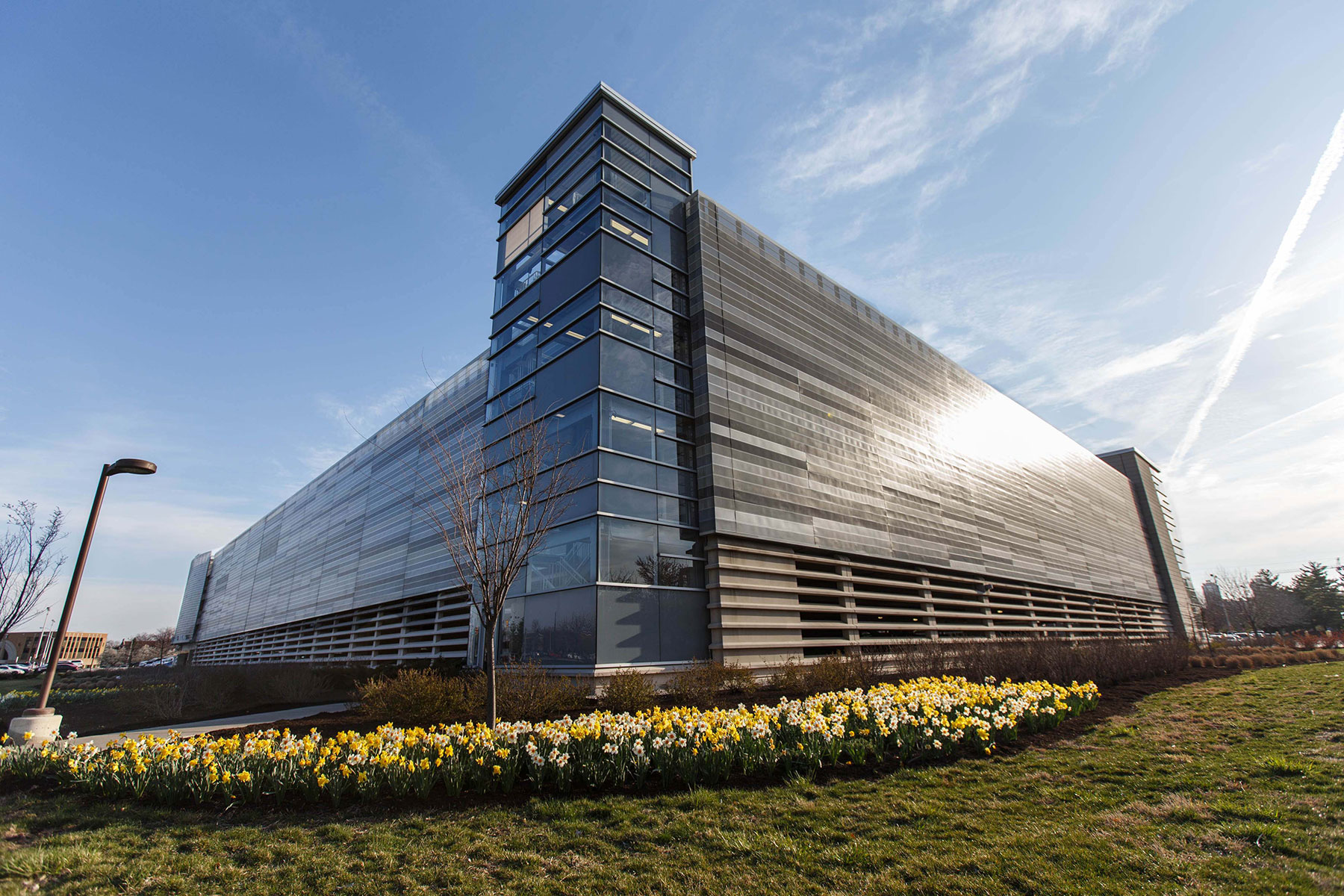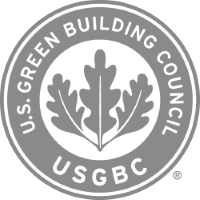Constructing sustainable buildings for the future
The construction and maintenance of residential and commercial buildings accounts for about 40% of all energy consumed annually in the US. That's why the manner in which we design, build and operate our campus buildings is a critical component in our pursuit for sustainability at IU Indianapolis. Ensuring efficiency in our campus indoor spaces is one of the single most impactful actions we can take to reduce our campus-wide energy usage.
The Indiana University system is proud to have more LEED certified buildings than any university in the Big Ten. This is by no coincidence; IU is committed to designing and constructing healthy and efficient buildings. The Bicentennial Strategic Plan for Indiana University solidified this commitment by formally pledging to design and certify all major new buildings as LEED Gold. IU Indianapolis is currently home to seven LEED buildings.


